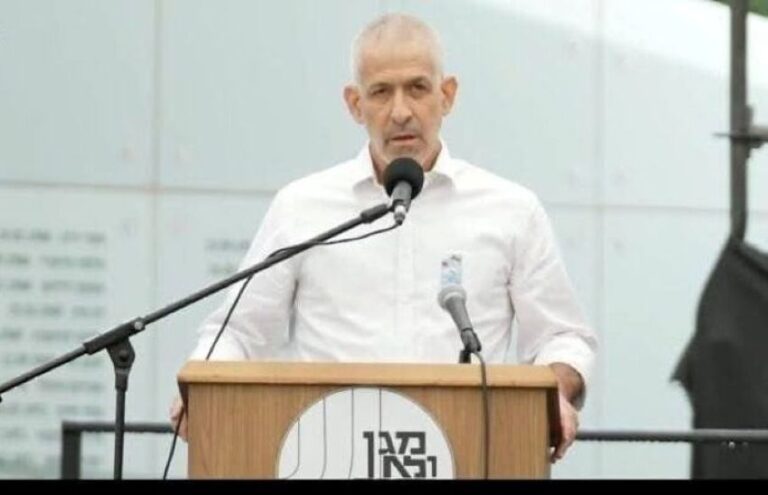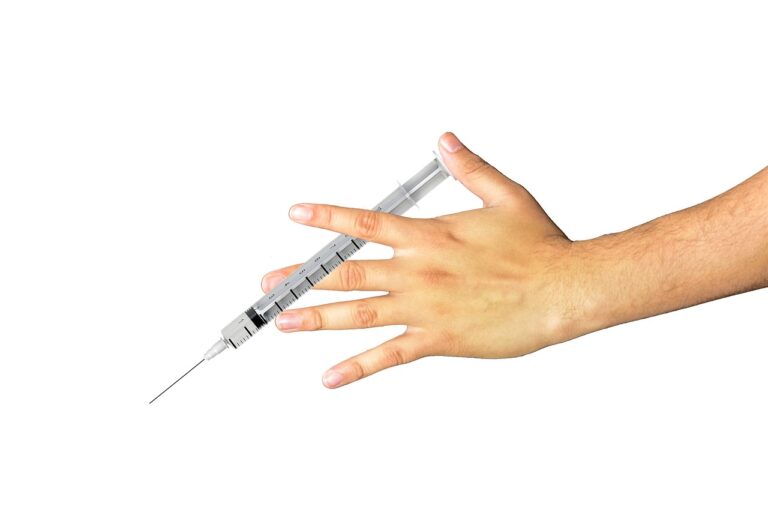One of the largest studies of its kind concludes that most older men with early prostate cancer do not shorten their survival odds if they adopt a “wait-and-see” approach to the disease.
In fact, most such patients will die of other causes or they simply won’t develop any complications from the cancer, the researchers found.
“Many elderly men with lower risk cancer may do well with conservative management,” concluded study author Grace Lu-Yau, a cancer epidemiologist at the Cancer Institute of New Jersey, and an associate professor at UMDNJ-Robert Wood Johnson Medical School and School of Public Health.
“Each patient facing a treatment decision has to ask himself what is the potential survival benefit of various treatments and the potential side effects of various treatments, then compare this potential risk of side effects with the potential risk of cancer complications if the cancer is left untreated — and ask themselves which treatment option is their personal preference,” Lu-Yau said.
She presented the findings to reporters at a special teleconference Tuesday, part of the 2008 Genitourinary Cancers Symposium taking place in San Francisco.
The question of whether to treat or not treat prostate cancer has long absorbed experts.
Although one in six men in the United States will be diagnosed with prostate cancer in their lifetime, many of the malignancies are slow-growing, and there is currently no reliable way to identify which men will benefit from treatment. Better knowledge of the natural history of the disease (i.e., what happens without any treatment) would help guide treatment decisions, Lu-Yau said.
This study is one of the first to look at the natural history of prostate cancer since PSA (prostate-specific antigen) blood testing has become commonplace. PSA tests can detect a prostate cancer six to 13 years earlier than previous methods.
Lu-Yau and her colleagues looked at data on more than 9,000 men with Stage I or II prostate cancer diagnosed between 1992 and 2002 who did not undergo treatment. The mean age of participants was 77 years.
Seventy-two percent of these men died of other causes or didn’t have enough cancer progression to warrant surgery or radiation, the researchers found. For the remaining 2,675 men who did receive treatment, the median time between diagnosis and start of therapy was more than 10 years.
Not surprisingly, men with less aggressive disease survived longer than those with more aggressive tumors.
“For elderly men with localized prostate cancer, the potential survival benefit for treatment is most likely modest, therefore it is very critical to weigh the risk of having side effects of various treatments with the risk of developing cancer-related complications down the road,” Lu-Yau said. “The majority of patients will die of other causes or remain alive without significant major complications.”
A second study presented at the conference found that giving salvage radiation therapy (SRT) to men whose PSA levels rise after having their prostate removed can reduce their risk of dying from the cancer by more than 60 percent.
SRT is typically given only after a recurrence, not after an initial diagnosis of prostate cancer, noted study lead author Dr. Bruce Trock, associate professor of urology, epidemiology, oncology and environmental health sciences at Johns Hopkins University School of Medicine in Baltimore. Existing studies have either not been large enough or long enough in duration to determine if SRT prolongs survival.
In this retrospective analysis of 635 men who had experienced a recurrence after having their prostate removed, 62 percent of those who did not receive any salvage therapy were still alive after 10 years, versus 86 percent of those who received SRT and 82 percent of those who received SRT plus hormone therapy.
Men whose PSA doubling time (the amount of time it took for PSA levels to double from when in first becomes detectable) was six months or less had the greatest benefit.
“If another study was able to replicate our data, it could lead to clinical trial that would eventually support a way to determine who should get immediate adjuvant radiation and who could wait until the time of recurrence to have SRT,” Trock said. “The question is, could a benefit be achieved in some of these men if you waited to see whether they recurred or not?”
(Source: NHIC)










